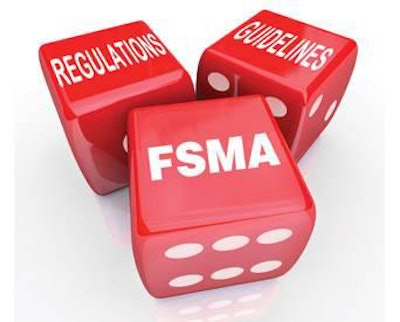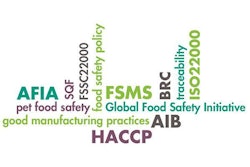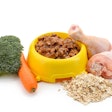
It’s finally here. After 4.5 years of questions, concerns, confusion and yes, some drama, the first regulations under the Food Safety Modernization Act (FSMA)—including the one most relevant to pet food safety, the Preventive Controls for Animal Food rule—take effect August 30. The clock starts ticking then for pet food manufacturers to comply.
FSMA was signed into law in January 2011. Because government rule-making moves so slowly (especially at the federal level in the US), and FSMA called for a sea change in how food safety is approached and regulated, it took years for the Food and Drug Administration (FDA) to issue even the first draft of relevant regulations, then incorporate feedback from industry and other key stakeholders in the final rules.
Which brings us to this moment. The preventive control rule for animal food covers all pet food producers registered with FDA as food facilities in the US under the Bioterrorism Act of 2002—most manufacturers. These businesses have one year from the August 30, 2015, effective date to comply with the rule, with two exceptions: small businesses (fewer than 500 employees) have two years to comply, and very small businesses (less than US$2.5 million in annual sales) have three years. (See www.fda.gov/Food/GuidanceRegulation/FSMA/ucm366510.htm.)
Another FSMA regulation, the Foreign Supplier Verification Program, also affects pet food companies that import products or ingredients from outside the US. That final rule goes into effect October 31, 2015, with compliance required of most companies within 18 months. (See www.fda.gov/Food/GuidanceRegulation/FSMA/ucm361902.htm.)
If you still need help to get your pet food safety program in compliance, many organizations, including the American Feed Industry Association (www.afia.org) and AIB International (www.aibonline.org), offer training and education.
FDA is also offering assistance and information. According to documents from an April 2015 public meeting held by the agency, it will be developing guidance documents to help industry and food/feed safety FDA staff identify significant hazards and develop preventive control strategies (the heart of the preventive control rule).
In addition, FDA formed a Food Safety Preventive Controls Alliance and FSMA Training Work Group earlier this year to develop and deliver basic preventive controls training for industry and regulatory staff on developing acceptable food safety plans. The agency also said that, regarding inspections, it recognizes the need to follow a staggered timeline for compliance, adopt a two-tier approach (“adequacy first, then implementation”) and understand that “one size fits all” won’t work.
So, the onus is on pet food producers to seek help and information, if needed, to comply.
Another pet food safety note: “The role of third-party safety standards in pet food supply” in the July issue has been revised with updated information on AFIA/SQFI standards. See www.petfoodindustry.com/articles/5229.
Pet food safety and FSMA



















